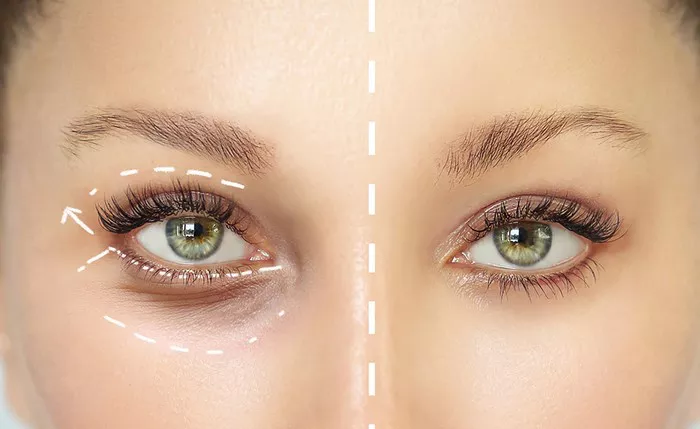Canthoplasty is a surgical procedure that aims to reshape and reposition the outer corner of the eye, known as the canthus. It is commonly performed to enhance the aesthetic appearance of the eyes, correct certain eye conditions, or improve functional aspects of the eyelids. One question that often arises regarding canthoplasty is whether the surgery requires the removal of eye fat. In this article, we will explore the intricacies of canthoplasty surgery and whether it typically involves the removal of eye fat.
Understanding Canthoplasty
Before delving into the specifics of whether eye fat is removed during canthoplasty, it is essential to understand the procedure itself. Canthoplasty can be broadly categorized into two main types:
Lateral Canthoplasty: Lateral canthoplasty is primarily a cosmetic procedure that focuses on the outer corner of the eye. It is often sought by individuals who desire a more almond-shaped or exotic eye appearance. This procedure involves making incisions at the outer canthus and adjusting the position of the lateral canthal tendon, which helps to reshape and elongate the eye.
Medial Canthoplasty: Medial canthoplasty addresses issues with the inner corner of the eye. This procedure is typically performed to correct congenital conditions, such as telecanthus (wide-set eyes), or to improve the function and appearance of the eyelids. Medial canthoplasty may involve repositioning or reshaping the medial canthal tendon.
Does Canthoplasty Involve Eye Fat Removal?
The presence or removal of eye fat during canthoplasty surgery depends on the specific goals of the procedure, the patient’s anatomy, and the surgeon’s approach. Here are some key points to consider:
Cosmetic Goals: In cosmetic canthoplasty, the primary focus is on enhancing the appearance of the eyes. Surgeons may reposition or reshape the canthal tendons to achieve the desired aesthetic outcome, but they do not typically remove eye fat. The goal is to create an almond-shaped eye appearance by altering the position of the canthus.
Functional Goals: In cases where canthoplasty is performed to address functional issues, such as eyelid drooping or tearing, the surgeon’s approach may involve both repositioning the canthal tendons and addressing excess eye fat. For example, in cases of lower eyelid laxity or sagging, the surgeon may perform a lower blepharoplasty in conjunction with canthoplasty to remove excess fat and tighten the lower eyelid.
Customized Approach: Canthoplasty is a highly customizable procedure, and the specific techniques used can vary from patient to patient. Surgeons assess each patient’s unique anatomy and aesthetic goals to determine the most appropriate approach. This means that in some cases, eye fat removal may be part of the surgical plan, while in others, it may not be necessary.
Consultation with a Surgeon: To understand whether eye fat removal will be part of the canthoplasty procedure, it is crucial to consult with a board-certified plastic surgeon or ophthalmologist who specializes in eyelid surgery. During the consultation, the surgeon will evaluate the patient’s concerns, anatomy, and goals and recommend the most suitable approach.
Conclusion
Canthoplasty is a surgical procedure that can enhance the appearance and function of the eyes. Whether or not it involves the removal of eye fat depends on the specific goals of the surgery, the patient’s individual anatomy, and the surgeon’s expertise. Cosmetic canthoplasty typically focuses on repositioning the canthal tendons to create a desired eye shape, while functional canthoplasty may involve addressing excess eye fat when necessary. To determine the best approach for your needs, it is essential to consult with a qualified surgeon who can provide personalized recommendations based on your unique circumstances.


